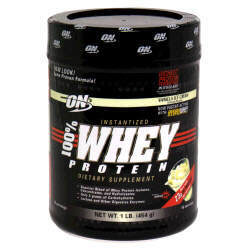Protein supplements production, example plant overview – Pakistan industrial sector update part 6
Friday, February 10th, 2012 4:11:57 by Ahmed Tariq
Protein supplements production, example plant overview – Pakistan industrial sector update part 6
Water is separated from the cream by spraying the cream into a drying vessel through which a stream of hot air is passed. In this a large interfacial area of the cream is generated resulting in high rate of moisture evaporation.
Due to a fine sub-division of the cream, the dried yeast is produced in finely divided state. Moreover, the temperature of the sprayed cream remains below the wet-bulb temperature of the air resulting in a convenient way of the yeast production. Note that
too much high temperature may deteriorate the product as the yeast is heat sensitive.
The process of evaporation of moisture from the feed to the air in the spray takes place in four process stages which are atomization of feed into a spray, air contact, drying of spray and separation of dried products from the air.
The stream 34 is the effluent stream of the process. This stream has a mass flow rate of 1315.42 kg/hr and contains 1.4% of yeast cells. Due to the typically high BOD of this stream, which is about 3000 mg/L it cannot be simply discharged. As a result this
stream is to be discharged to a local wastewater treatment site.
Nutrient Preparation
Baker’s yeast, Saccharomyces Cerevisiae, can grow either aerobically or anaerobically. The energy for growth is obtained from glucose. In the presence of oxygen, baker’s yeast respire glucose into carbon dioxide and water.
Ethanol can also be produced if the concentration of glucose present is too high. Other nutritional requirements for the growth of baker’s yeast are ammonia and phosphorus. (The Yeasts, 1971)
For the production of protein supplements via the growth of baker’s yeast the main source of glucose can be provided by beet and cane molasses. This is mainly because of the high fermentable sugar content inside the molasses. The total sugar content inside
both types of molasses is approximately 50%. These types of molasses also contain various kinds of useful nutrients for the growth of baker’s yeast.
Continued in part 7
Tags: 2011, 2012, Industrial, Jan Dawson, lahore, Nokia Developer Website, Nokia s new Lumia 900, production, Report, researchShort URL: https://www.newspakistan.pk/?p=12366

















